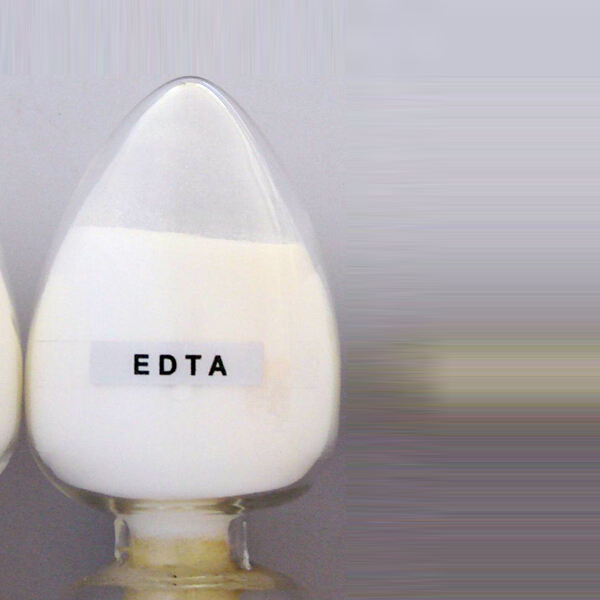
News
Dhj . 10, 2024 19:55 Back to list
Exploring the Relationship between EDTA and Fena in Chemical Interactions
Exploring the Applications and Significance of EDTA-Fena A Comprehensive Overview
Ethylenediaminetetraacetic acid (EDTA) is a versatile chelating agent widely used in various fields, including medicine, agriculture, and industrial processes. One of its notable derivatives is EDTA-Fena, a complex formed with the iron chelator, which serves as an effective tool in numerous applications. This article delves into the properties, significance, and applications of EDTA-Fena, highlighting its role in enhancing bioavailability and mitigating metal toxicity.
Understanding EDTA-Fena
EDTA is a polyamino carboxylic acid that can form stable complexes with metal ions, effectively sequestering them. When combined with iron, EDTA-Fena is created, characterized by its strong affinity to iron ions. This complex plays a critical role in promoting iron availability in various biological systems. Iron is an essential nutrient for living organisms, but its bioavailability can be limited due to various environmental and chemical factors. EDTA-Fena addresses this challenge by providing a soluble form of iron that can be readily absorbed by plants and other organisms.
Agricultural Applications
One of the most significant uses of EDTA-Fena is in agriculture. Soil often contains limited amounts of available iron, leading to deficiencies in crops, particularly in alkaline soils. This deficiency can manifest as chlorosis, stunting, and reduced yields. By applying EDTA-Fena as a foliar spray or soil amendment, farmers can improve iron availability for plants, enhancing their growth and productivity.
Moreover, EDTA-Fena can be utilized in nutrient solutions for hydroponic systems, ensuring that plants receive adequate iron for optimal growth. The controlled release of iron through this chelating agent minimizes the risk of toxicity while maximizing nutrient uptake. As the global population continues to grow, the demand for effective agricultural practices becomes increasingly crucial, and compounds like EDTA-Fena hold significant promise in addressing these challenges.
edta-fena

Environmental Significance
Beyond agriculture, EDTA-Fena also plays a role in environmental remediation. Heavy metal contamination is a pressing issue worldwide, posing risks to human health and ecological systems. EDTA has been employed in the extraction of toxic metals from contaminated soils and sediments, and EDTA-Fena can enhance this process by targeting iron, which often influences the mobility of other metals.
The application of EDTA-Fena in phytoremediation—the use of plants to absorb contaminants from soil—can improve the efficiency of plants in hyperaccumulating heavy metals. By ensuring that plants have access to sufficient iron, they can function optimally, facilitating the removal of various pollutants from the environment.
Healthcare Applications
In the medical field, EDTA is predominantly known for its use in chelation therapy, particularly for treating heavy metal poisoning. While EDTA-Fena is less commonly mentioned in this context, its role in improving iron metabolism could potentially extend to therapeutic applications in conditions like anemia, where iron availability is critical. By providing a biocompatible means of delivering iron, EDTA-Fena could support patients requiring iron supplements without the risks associated with free iron administration.
Conclusion
EDTA-Fena stands as a testament to the diverse applications and importance of chelating agents in modern science. From promoting agricultural productivity to facilitating environmental clean-up efforts and supporting healthcare solutions, the significance of EDTA-Fena cannot be overstated. As research continues to unveil its potential, the integration of EDTA-Fena into sustainable practices holds promise for addressing some of the pressing challenges faced by our society today. Future advancements in chelation technology may lead to even more refined applications that can benefit both human health and the environment, paving the way for a greener and healthier future.
-
Polyaspartic Acid Salts in Agricultural Fertilizers: A Sustainable Solution
NewsJul.21,2025
-
OEM Chelating Agent Preservative Supplier & Manufacturer High-Quality Customized Solutions
NewsJul.08,2025
-
OEM Potassium Chelating Agent Manufacturer - Custom Potassium Oxalate & Citrate Solutions
NewsJul.08,2025
-
OEM Pentasodium DTPA Chelating Agent Supplier & Manufacturer High Purity & Cost-Effective Solutions
NewsJul.08,2025
-
High-Efficiency Chelated Trace Elements Fertilizer Bulk Supplier & Manufacturer Quotes
NewsJul.07,2025
-
High Quality K Formation for a Chelating Agent – Reliable Manufacturer & Supplier
NewsJul.07,2025
